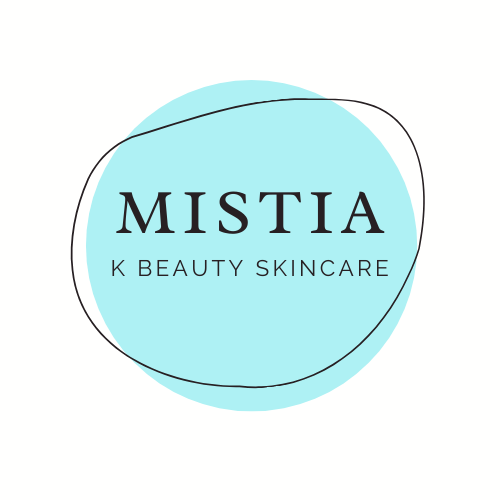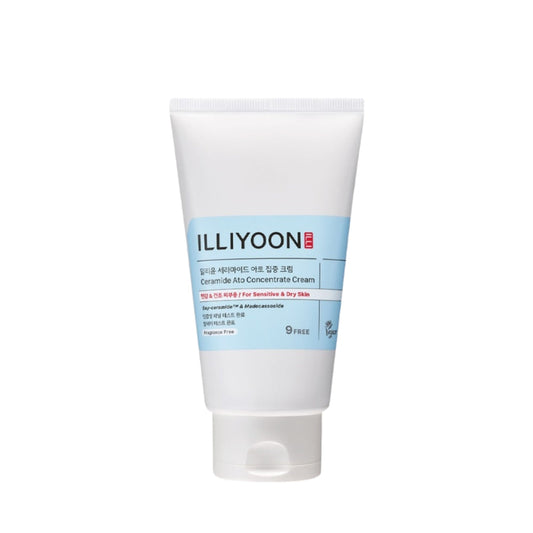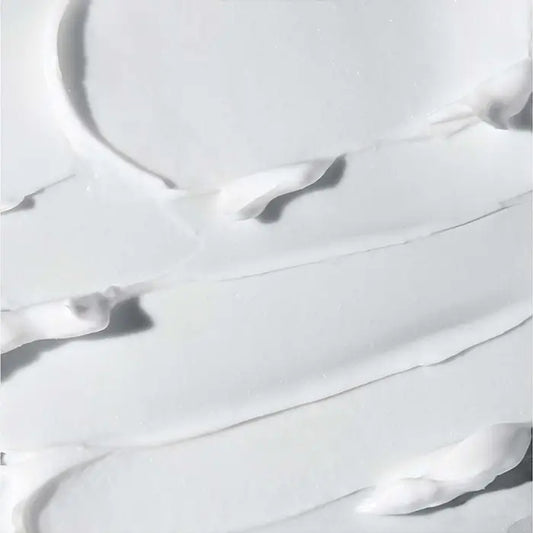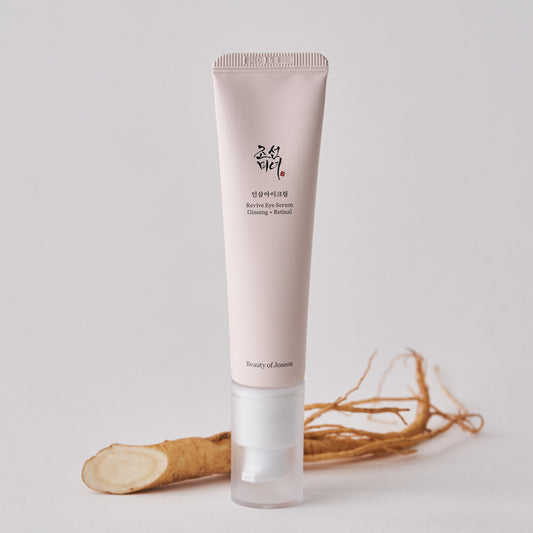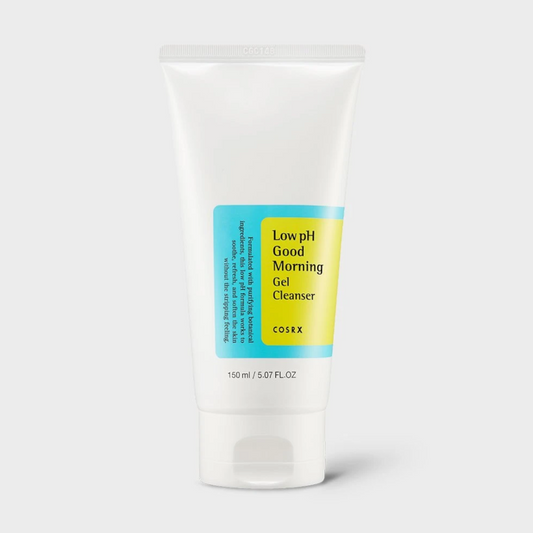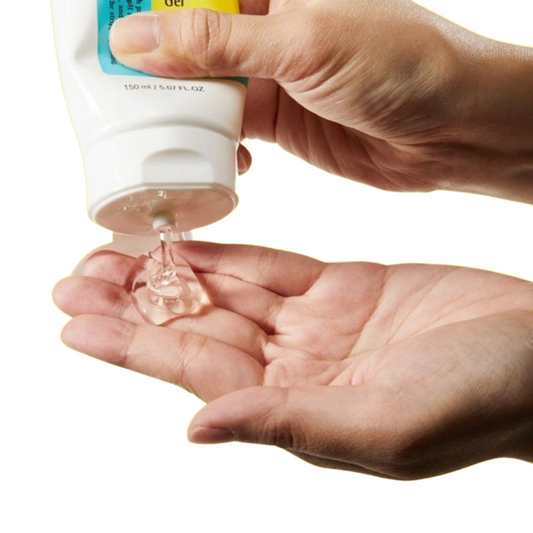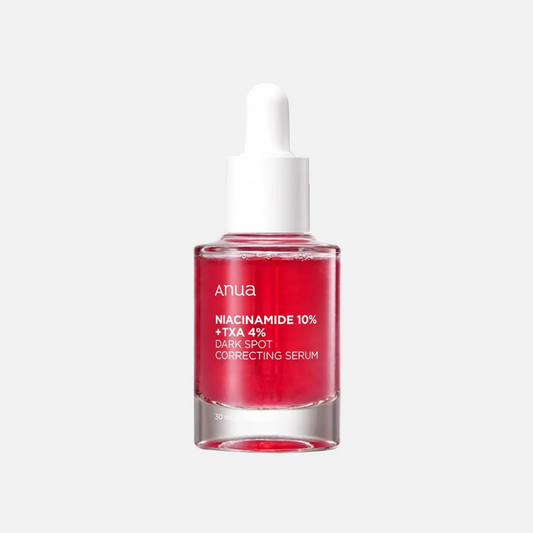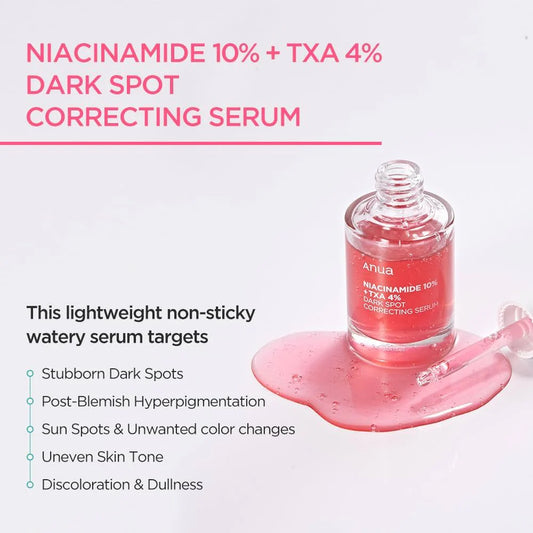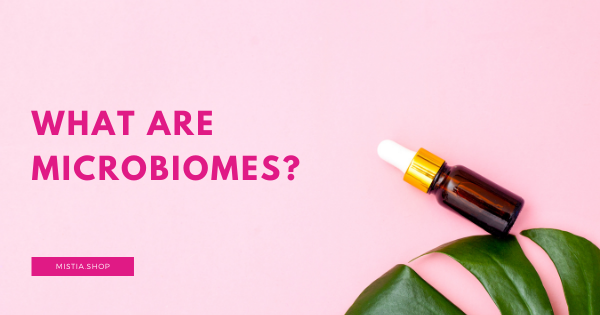
What Are Microbiomes?
Share
We already know how important probiotics are for gut health, but did you know that there’s also “friendly” bacteria that can help support skin health?
It’s not a new thing; Tula and Mother Dirt have been in the probiotic skincare game since 2014 and 2015 (respectively), but it’s only picking up steam now with the rest of the world. Now, big names in skincare are offering products that feature probiotics.
Wait—what are probiotics anyway?
For those who need a bit of a refresher, probiotics are “good” bacteria that help to support skin health through the microbiome. The microbiome is “all the genes your microbiota”—that is, all the bacteria, archaea, fungi, viruses, and microbes—contains.
We know: “bacteria” sounds scary! But the fact of the matter is that many are beneficial to the basic functions of our bodies, like helping to program our immune system and providing nutrients. It’s similar to why we eat probiotic yogurts. Evidently, not all bacteria are the same under the sun, but some are actually crucial for our bodies to perform at their best.
Speaking of probiotics, did you know that there are also microbes called prebiotics and postbiotics? Probiotics are living bacteria that live on skin and help stabilize the microbiome. Prebiotics are things on your skin that help feed and encourage growth, as well as a healthy balance, of probiotics. Postbiotics are the byproducts of probiotics, which help facilitate “optimal skin flora” and strengthen your skin’s barrier.
There are “bad” microbes that live on your skin, too. And it may come as a surprise, but you actually need both to maintain supple, vivrant skin. It’s the balance of good and bad bacteria that helps you do this, not allowing the “bad” bacteria take over.
So how does this work for our skin?
Applying the same logic of eating probiotic yogurt to the health of our skin, some dermatologists believe that the microbiome is the future of skincare.
A balanced and healthy microbiome means balanced and healthy skin. Imbalances in your skin’s microbiome can lead to a number of skin conditions—just like how an imbalance in that of your body’s can spell chaos—including acne and eczema. It’s the imbalances in your microbiome that can trigger these types of conditions, which means that keeping your microbiome healthy is of the utmost importance.
When everything is in check and in perfect harmony, your skin will be better hydrated, less sensitive, and better able to protect itself against environmental stressors.
So what should I look for?
As with all other products, you need to do your due diligence and ensure that whatever you’re using or the brand you’re hoping to support is actually effective. While a product may say that its product is “microbiome-friendly,” be sure to do your research and ensure that the company has the research to back their claims of having live bacteria in their product. After all, bacteria are live organisms!
This means that packaging is really important when it comes to buying the right product. Since we’re talking about live organisms, we need to make sure they stay alive; they are fragile and can deteriorate easily. Air and light exposure can break them down faster, which means you should avoid clear jars.
Since we know that pre-, pro-, and postbiotics are all necessary for the optimal functioning of your skin, it’s important to find a product that has a combination of all three.
Naturally, everyone’s skin is different and will react to products in a different way. Since how well your skin will respond depends on the environment that these three “biotics” create, there’s really no one secret blend that will be perfect for every person. Be patient because it may be a little while until you find something that works for you!
Clearly, we’re just at the beginning of a true microbiome takeover. There is still a lot to learn about these organisms, so keep an eye out on new products to come and be sure to research before committing to a brand!
Have you incorporated pro-, pre-, and postbiotics in your skincare routine yet?
